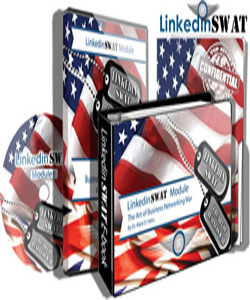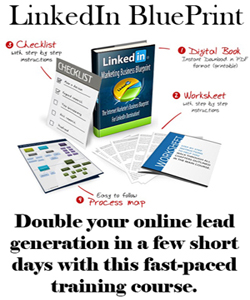LinkedIn-Endorsements-vs-Recommends-vs-Referrals
 Endorsements vs. Recommends vs. Referrals in the modern social age.
Endorsements vs. Recommends vs. Referrals in the modern social age.
By M. Scott Meester
Over the past five years social media has taken hold of many aspects of our lives. We tweet, fan and text people on a regular basis. Many of these people we have never met in person, but over time and through communications we determine if they should be unfriended, unfollowed or just plain removed from our social media lives. For some, we continue our connections and develop a knowledge of and maybe even a friendship with that person.
As the definition of social networking has changed, so too has professional networking. Gone are the days where your only options included attending a Chamber after hours, tradeshow or coffee club. LinkedIn has opened the door to a worldwide network of professionals collaborating on passions and professions. With LI redefining professional networking, it would be expected that other traditional definitions would change as well. Endorsements and Recommends are a perfect example of 21st century networking.
Endorsements – Initially a superb way to recognize a contact’s ability in skills they list. Then LI brilliantly decided to push all users to endorse everyone. This push effectively took the value out of the skills endorsement feature. When was the last time you looked at your profile? Scroll down to your skills list, now count how many blank avatars are endorsing you. Not very impressive is it?
Referrals – I must first talk about referrals before recommends because the latter is a breakoff of the traditional referral.
For you youngsters out there, the referral is an extremely controlled, personally written and highly valued instrument of the pre-internet age. Let me explain how we communicated with potential employer’s before the internet. By candle light, I would create a well written resume, print out multiple copies on 20#+ paper, fold it, put in envelope, physical address, stamp (form of currency the snail mail uses), walk uphill both ways in 16” of snow to the post office, wait for response, at the interview I would provide copies of those well-guarded referrals along with another copy of the resume.
A referral is written in business format, includes specific examples and always has a way to contact the referee directly for further discussion and clarification. These documents were GOLD. If you had enough of them from respected industry leaders the only thing left to discuss was salary.
Recommends/Recommendations – Fast forward to after Al Gore invented the internet and a completely new way of professional networking. Recommends are an informal way to share your positive opinions about a contact. You may have never met or talked to this person, they may have simply impressed you in a post scrolling by in the news feed or you may have worked ten hours a day for the past six months on a project together. In other words the definition of the perfect person to recommend in this new style of networking is anyone you are connected to. Now don’t get me wrong, I do not encourage running to all of your social networks (i.e. Facebook, Twitter or Pintrest) and just randomly recommending every Bob, Patrick or Mary.
Recommends are similar to real estate; it’s all about the right place at the right time. The right place for recommends is LinkedIn. The right time is after you have invested your time in reading through a contact’s profile, post and activities. If you have questions, InMail them. If you have serious concerns, don’t recommend them. If you aren’t sure what to type, come to a group similar to Recommendation Exchange and copy the samples. In a follow up InMail ask your contact to reciprocate.
share with your social network, thanks.











Leave a Reply